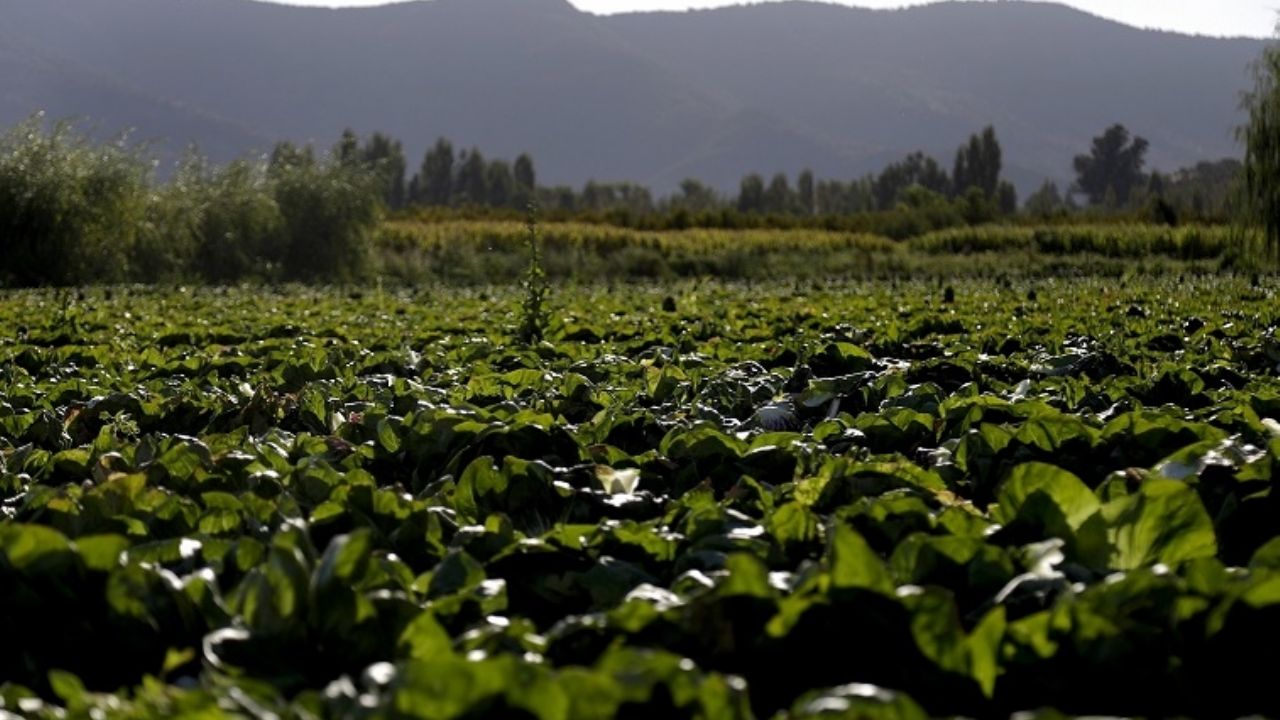The Ministry of Agriculture delivered a cadastre of the five regions that have been most affected by forest fires. Thus, in Maule, Ñuble, Bio-Bio, La Araucanía and Los Ríos, a significant impact on small farmers is observed.
Regarding the potentially affected surface, that is, the one that has been identified through spatial tools by CONAF, we can point out that it is 413 thousand hectares. This includes plantations, agricultural land, native forests, scrublands, mixed forests, grasslands, areas devoid of vegetation, bodies of water, wetlands, and urban areas. Of these, just over 55,000 would correspond to potentially agricultural land.
On the ground, 3,507 hectares of crops affected by the fire have been verified, where 56% corresponds to fodder production, 22% to fruit crops, 18% to cereals, legumes and industrial crops and, finally, 5% to vegetables. .
The differences between both figures (potentially affected area -55,000 hectares- and affected area -3,500 hectares-) are due to the fact that what was reported by Conaf corresponds to the classification of that land (land use) and not necessarily to what exists at time of the fire, being the Cadastre an approach to the reality of the affectation on the ground.
It is important to note that the fires have mainly affected the coastal and inland drylands, so the lack of water availability and high slopes do not always make agricultural use of the land possible, even if this is its name.
DAILY CADASTRE
In addition, the state department reported that a total of 6,208 farmers have been registered, of which 6,165 declare that they have suffered some type of damage. In addition, there is a strong impact on the beekeeping sector with 90% of its hives affected.
The figures indicate that 64% of registered farmers are INDAP users, 45% are women and 25% state they belong to the Mapuche ethnic group. 70% state that they have a social registry of homes and 48% belong to the most socioeconomically vulnerable group of the population. 40% of those surveyed are engaged in subsistence agriculture and 34% with occasional sale of surpluses. Only 15% say they dedicate their production exclusively to sale. 97% of the people who declare their sales say that the destination is the national market.
In the beekeeping sector, a total of 43,834 hives have been registered, with 39,360 affected by the fire, which represents 90% of the total. Of the affected hives, 11% had agricultural insurance.
Regarding the affected animals, the Ministry of Agriculture has registered a total of 86,365 animal heads, consisting of cattle, sheep, goats, pigs, horses, donkeys and birds. Of which, 19,983 have died from the effect of the fire, where 82% correspond to birds, followed by 10% cattle, 3% goats, 2% sheep and others, and 2% pigs. It is evident that a total of 53,721 animals require feeding, which corresponds to 15,656 equivalent feeding animal units to date.
The Minister of Agriculture, Esteban Valenzuela, pointed out that “the cadastre made by Indap indicates a figure of around 20,000 animals and birds killed as a result of forest fires in the Ñuble, Bio-Bio and Araucanía regions. The vast majority, around 70%, are birds – chickens, geese, turkeys – that are part of Peasant Family Farming. There is also a significant percentage of cattle, donkeys, horses and what is called small livestock (goats and sheep), where great damage is concentrated. There is also significant damage to beekeeping throughout the territory.”
In productive infrastructure, the loss of 6,863 linear kilometers of destroyed wire fences in the different regions has been confirmed. Also, the loss of 137 corrals, 902 warehouses and sheds and 357 greenhouses has been verified.
Regarding irrigation, Minagri has recorded the loss of 864 hectares of irrigation systems. Also reporting 254 irrigation booths, 395 accumulation works and 46 wells and waterwheels affected by the fire. Finally, within the lost agricultural machinery, 50 work vehicles (tractors, combines, light vehicles and trucks), 87 agricultural draft equipment (seeders, soil preparation equipment, chippers, etc.) and 335 agricultural implements (chainsaws) stand out. , motor pumps and milking machines).

















